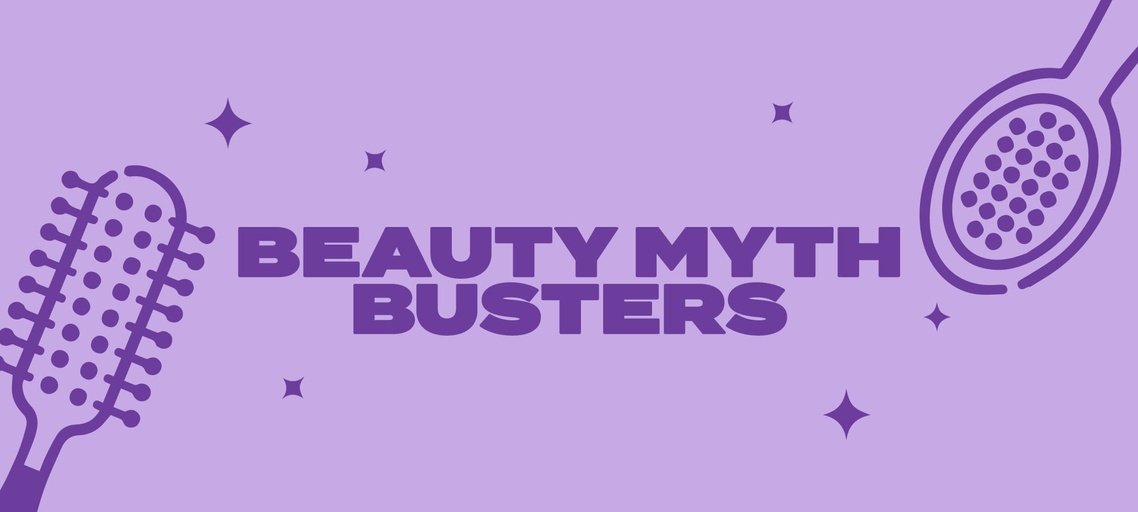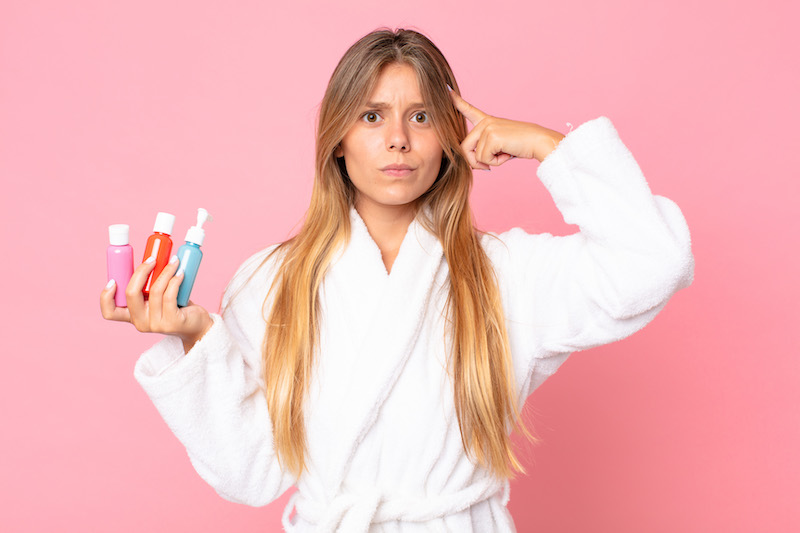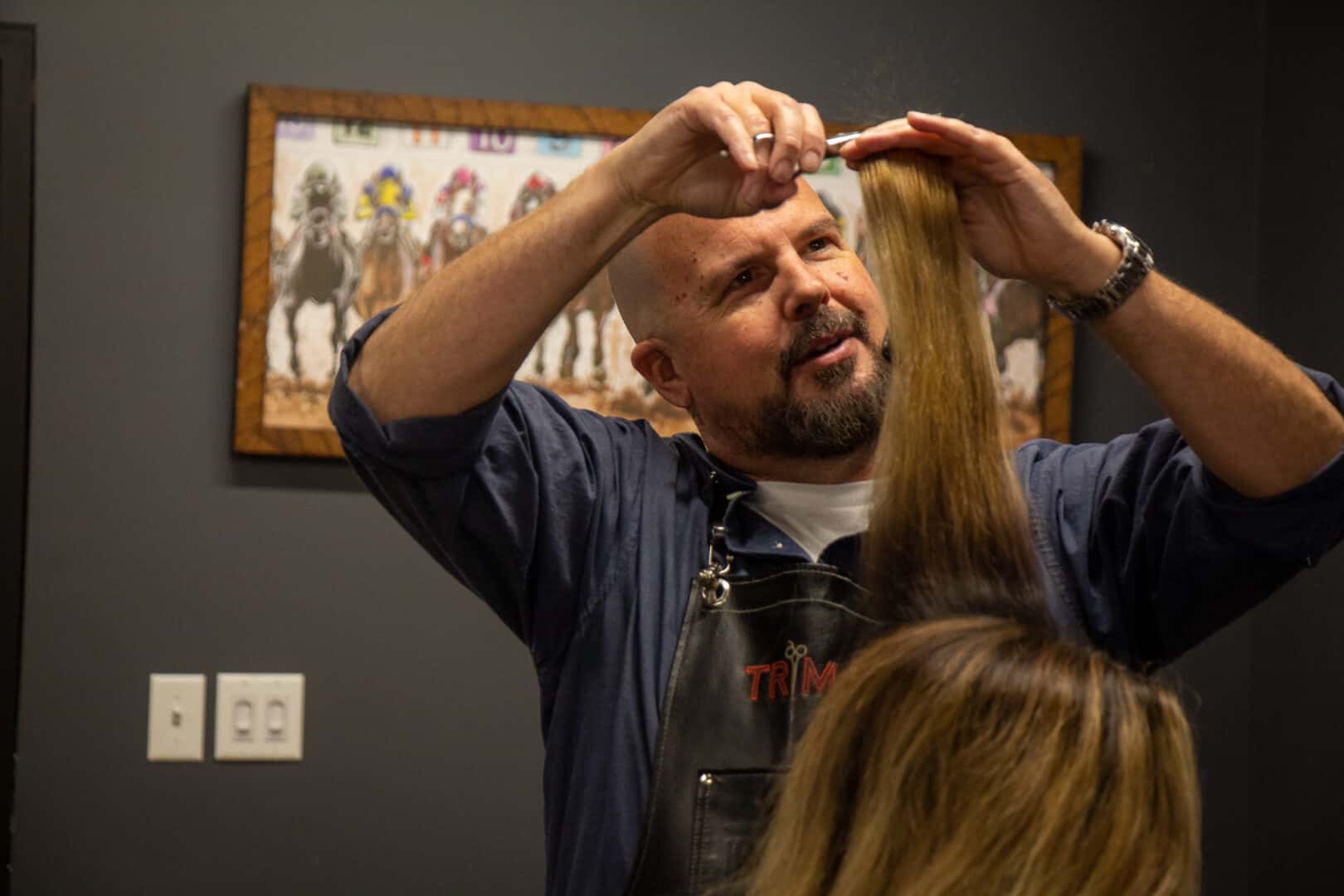The Biggest Hair Care Myths, Debunked
Are you tired of following hair care advice that just doesn’t seem to work? You’re not alone! Many widely held beliefs about hair health are actually myths, leading to frustration and potentially even damage. At hairy.cartlab.web.id, we’re dedicated to helping you achieve your healthiest, most beautiful hair. This comprehensive guide will debunk some of the most persistent hair care myths, empowering you to make informed choices for your locks. We’ll explore the science behind healthy hair and provide you with evidence-based tips and tricks to transform your hair care routine. Get ready to ditch the myths and embrace a healthier, happier head of hair!
Hair care is a deeply personal journey, influenced by genetics, lifestyle, and environmental factors. Understanding your hair type and its specific needs is crucial for achieving optimal results. However, navigating the overwhelming amount of information available can be challenging, especially when many popular tips are simply not backed by science. This article aims to cut through the noise and provide you with accurate, reliable information to help you achieve your hair goals. By understanding the truth behind common myths, you can build a personalized hair care routine that truly works for you.
This guide will cover a range of common misconceptions, from the frequency of washing to the effectiveness of certain products. We’ll explore the science behind healthy hair growth and maintenance, empowering you to make informed decisions and achieve the luscious locks you’ve always dreamed of. Let’s dive in and uncover the truth!

Myth 1: You Should Wash Your Hair Every Day

The belief that daily washing is necessary is a pervasive myth. The truth is, how often you should wash your hair depends entirely on your hair type, scalp condition, and lifestyle. While those with oily hair might benefit from daily washing, those with dry or fine hair may find that daily washing strips their hair of its natural oils, leading to dryness, breakage, and even increased oil production as the scalp overcompensates.
- For oily hair: Washing every day or every other day might be necessary to control oiliness.
- For normal hair: Washing every 2-3 days is often sufficient.
- For dry or fine hair: Washing every 3-5 days or even less frequently might be best.
Instead of focusing on a specific number of washes, pay attention to your scalp. If it feels oily or itchy, it’s time to wash. If it feels clean and comfortable, you can space out your washes. Using a gentle, sulfate-free shampoo will also help minimize the stripping of natural oils. Remember to always condition after washing to replenish moisture and protect your hair from damage. For more specific advice tailored to your hair type, check out our guide on “How to Build a Hair Care Routine for Your Hair Type” at hairy.cartlab.web.id/how-to-build-a-hair-care-routine-for-your-hair-type.
Myth 2: Brushing Your Hair 100 Times a Day Makes It Shiny

This old wives’ tale is simply untrue. Excessive brushing can actually damage your hair, leading to breakage, split ends, and frizz. While regular brushing is important for distributing natural oils and removing tangles, overdoing it can cause more harm than good. Instead of aiming for a specific number of strokes, focus on gentle detangling, starting from the ends and working your way up to the roots. Use a wide-tooth comb or a brush with soft bristles to minimize damage. Remember, healthy hair starts with gentle handling.
Myth 3: Trimming Your Hair Makes It Grow Faster

Trimming your hair doesn’t actually make it grow faster. Hair growth occurs at the root, not at the ends. However, regular trims are essential for maintaining healthy hair. They remove split ends and prevent further breakage, which can give the illusion of faster growth. Split ends can travel up the hair shaft, causing further damage, so getting rid of them is crucial for preserving hair length and overall health. Aim for trims every 6-8 weeks to keep your hair looking its best.
Myth 4: Using Hot Tools Never Damages Your Hair

While hot tools like curling irons, straighteners, and blow dryers can create stunning hairstyles, they can cause significant damage if used improperly or excessively. High heat can strip your hair of its natural moisture, leading to dryness, brittleness, and breakage. Always use a heat protectant spray before applying any heat to your hair. Choose tools with adjustable temperature settings and opt for lower heat whenever possible. Allow your hair to air dry whenever you can to minimize heat exposure. Remember, moderation is key when it comes to hot styling. For those busy mornings, consider exploring quick and easy routines in our article “5-Minute Hair Care Routines for Busy Mornings” at hairy.cartlab.web.id/5-minute-hair-care-routines-for-busy-mornings.
Myth 5: All Hair Products Are Created Equal
This couldn’t be further from the truth! Hair products vary drastically in their ingredients, quality, and effectiveness. Choosing the right products for your hair type and concerns is crucial for achieving optimal results. Look for products that are formulated specifically for your hair type (e.g., oily, dry, fine, thick) and address your specific concerns (e.g., frizz, breakage, color protection). Reading product labels carefully and understanding the ingredients is essential. Avoid products with harsh sulfates, silicones, and parabens, which can strip your hair of its natural oils and cause damage. Investing in high-quality products can make a significant difference in the health and appearance of your hair.
Myth 6: Tight Hairstyles Don’t Cause Hair Loss
While stylish, tight hairstyles like tight braids, ponytails, and buns can put significant stress on your hair follicles, leading to traction alopecia. This type of hair loss is caused by constant pulling and tension on the hair, which can weaken the follicles and eventually cause them to stop producing hair. To prevent this, avoid wearing tight hairstyles for extended periods. Vary your hairstyles to reduce stress on specific areas of your scalp, and opt for looser styles whenever possible. If you notice any signs of hair loss, consult a dermatologist or trichologist.
Choosing the right hair color can greatly enhance your look. For inspiration, check out our article “10 Hair Colors That Match the Hottest Hairstyles” at hairy.cartlab.web.id/10-hair-colors-that-match-the-hottest-hairstyles.
Conclusion:
By understanding and debunking these common hair care myths, you can pave the way for a healthier, more vibrant head of hair. Remember that consistency and personalized care are key. Pay attention to your hair’s unique needs, choose the right products, and practice gentle handling. For more detailed information and personalized advice, visit our comprehensive guide: The Biggest Hair Care Myths, Debunked. Embrace the truth, and let your hair shine!
(External Authority Links – Replace these with actual relevant links):
- American Academy of Dermatology Association on hair loss: [Insert Link Here]
- National Institutes of Health information on hair care: [Insert Link Here]
- A reputable journal article on hair health: [Insert Link Here]






Comments